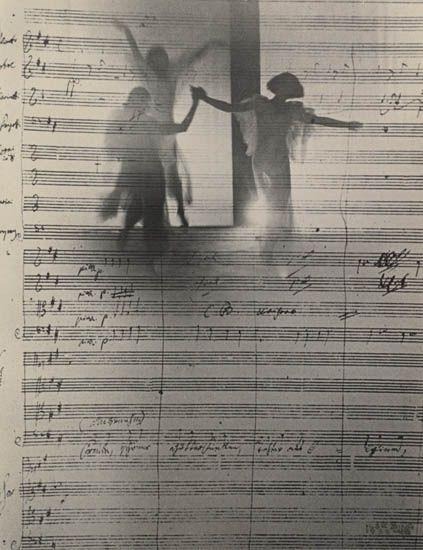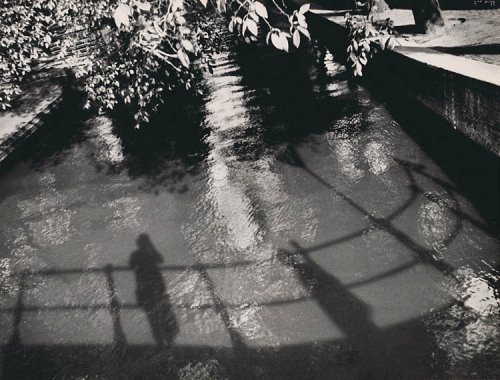Elsbeth Juda, known professionally as Jay (born 2 May 1911), is a British photographer most notable for her pioneering fashion photographs and work as Associate Editor and photographer for The Ambassador magazine between 1940-1965.
Juda was born in Darmstadt, Germany on 2 May 1911. At 18, she refused to go to Oxford as her father wished and went to Paris where she found work as secretary to a banker. In 1931, Elsbeth married her childhood love, Hans Juda, and they went to live in Berlin where he was a financial editor at the Berliner Tageblatt. In 1933, they fled Nazi Germany with nothing but a violin and moved to a one-room flat in London, a city she had been sent to frequently, if not happily, as a girl.
Juda studied photography under Lucia Moholy (wife of László Moholy-Nagy) formerly of the Bauhaus and started her long career in a commercial studio as “dark room boy”. In 1940, Hans became founding publisher and editor of The Ambassador, The British Export Magazine. Juda would later join the magazine as associate editor and fashion photographer as, unlike Hans, she spoke fluent English.
Elsbeth Juda via
Elsbeth Juda via
Elsbeth Juda via
Elsbeth Juda via





































